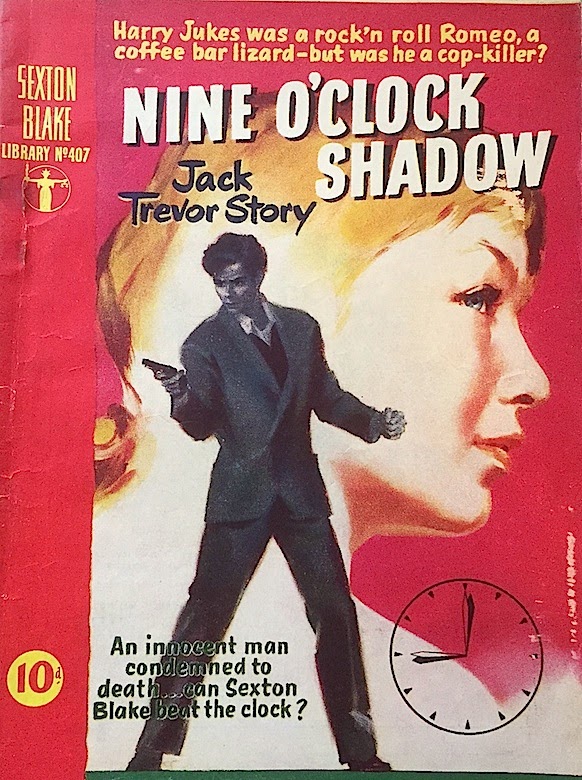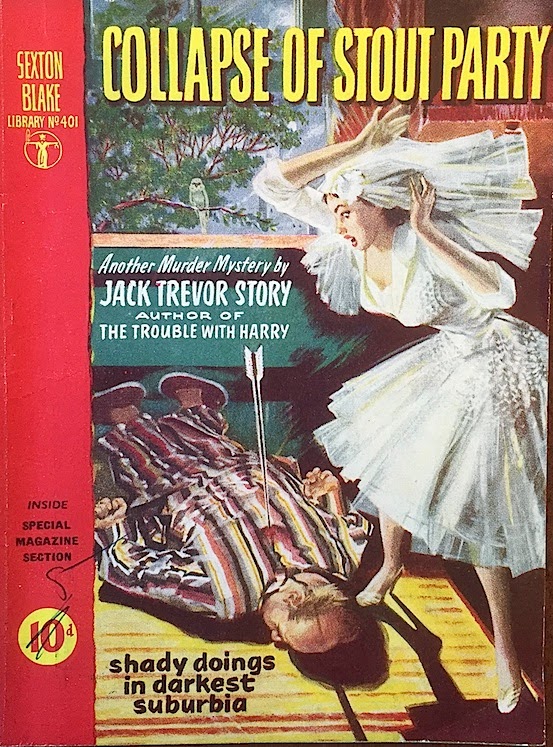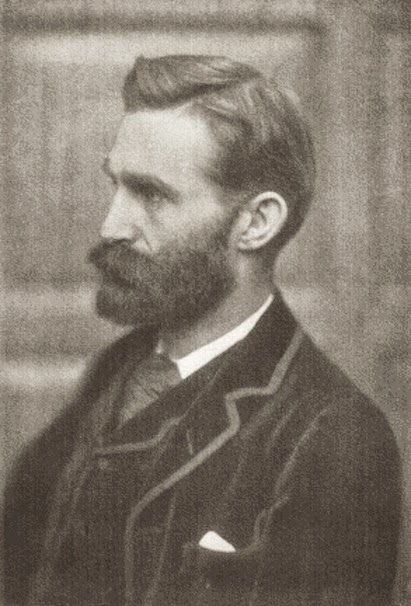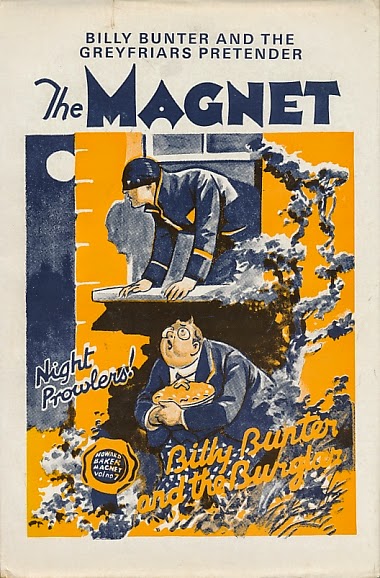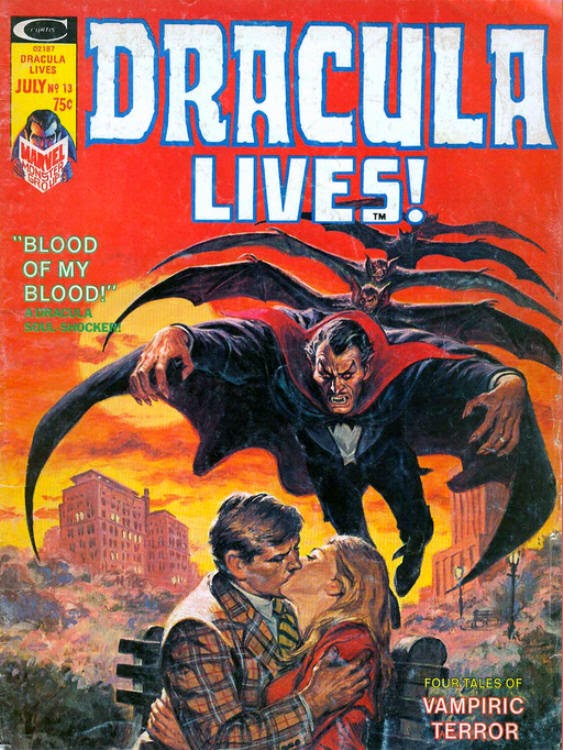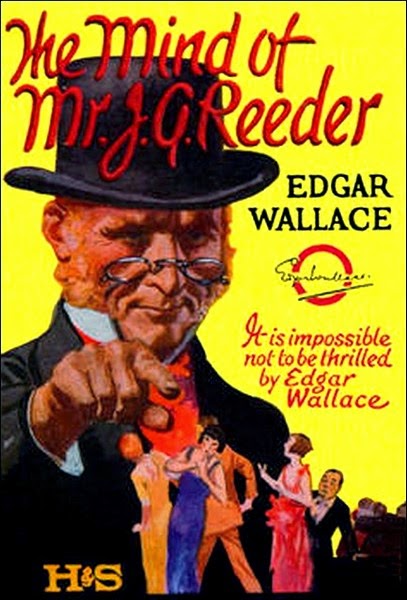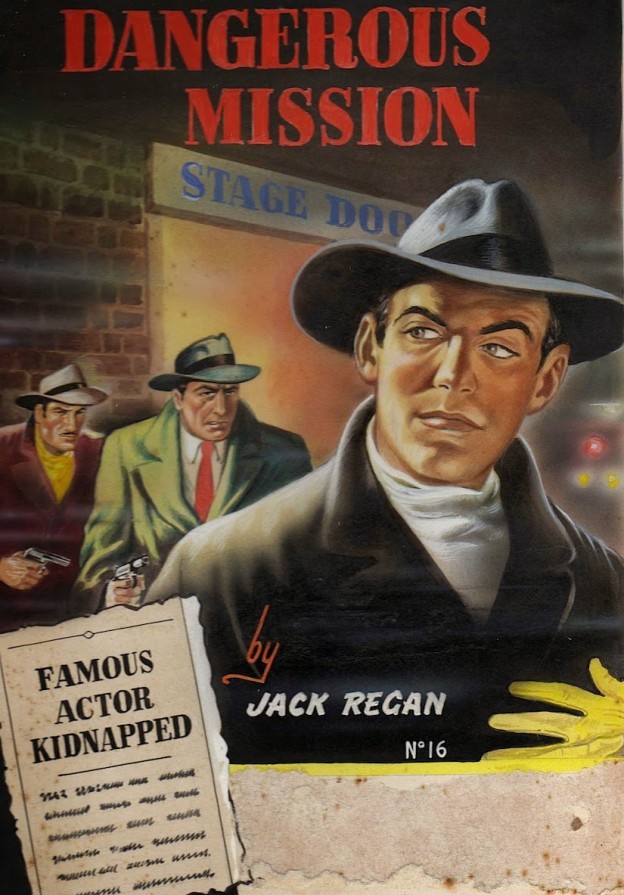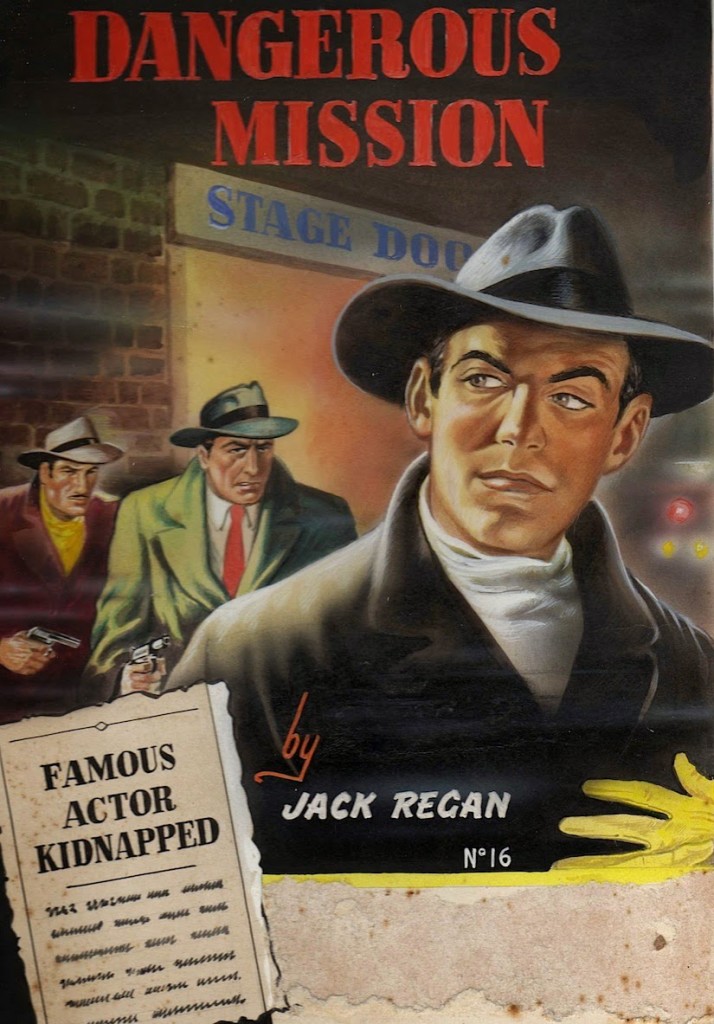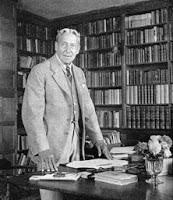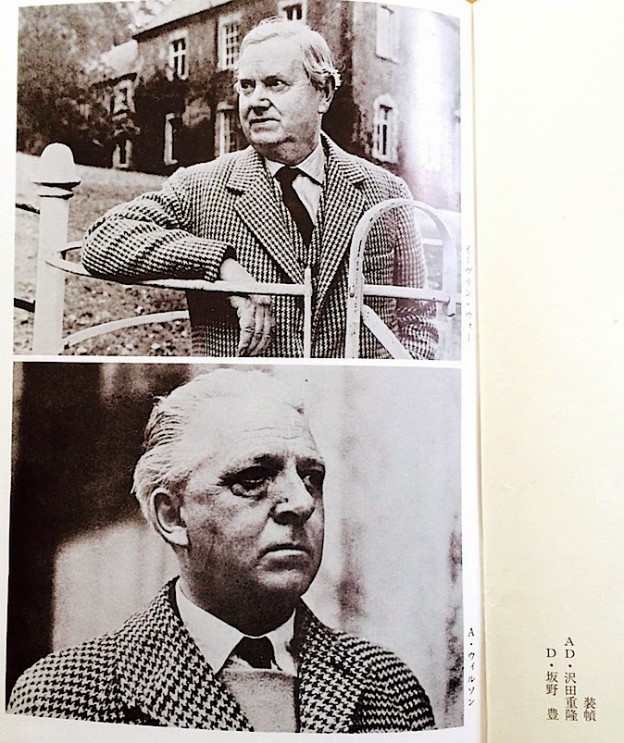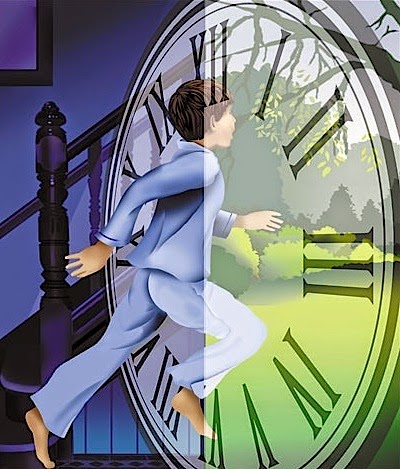 |
| Poster for Tom's Midnight Garden (Leeds Children's Theatre) |
Found in the Peter Haining hoard a rare book catalogue from about 1990 with an introduction ('Chat Dept.') by the cataloguer. This was J. J. Rigden (Books) of Kent, dealing mostly in fantasy-- if still around he would be pushing 90. These 'chats' by dealers are much prized. A dealer once told me that when he omitted them sales went down and there were protests…this one is a classic of its kind:
The onset of autumn.. the approach of Christmas.. the inevitable rise in postal costs.. This leads us nicely on to a point we must make clear. We always despatch your parcels by the cheapest possible rate. Since we live in a mad world, this sometimes means first class letter rate, rather than a parcel rate.
Over a wet Bank Holiday weekend, we watched a children's fantasy on T.V. Time Slip always a popular subject, now incorporated with sci-fi. Many famous authors have written around this theme, both adult and children's. My first remembered introduction to it was listening in the 1930's to Saturday Night Theatre. The B.B.C drama players put on some wonderful plays J. M. Barrie's "Mary Rose" made a great impression on me. My first introduction to Barrie apart front eh magical Peter Pan of course. Another play that filled me with horror was W. W. Jacobs "The Monkey Paw". Two themes that occur over and over again in children's stories, time slip and three wishes. Always in the three wishes stories the last wish has to be used to 'undo' the first two! (Well, I say "always".. someone will come up with a three wishes story that proves me wrong!) If time slip is a theme that interests you, have you read Alison Uttley's 'Traveller in Time', Lucy's Boston's 'Green Knowe' stories, Jane Curry' s' The Daybreakers', 'Moondial'.. I think this was by Helen Cresswell, quite recent so to in the reference book). These are some of the lesser known titles on this theme. Tom's Midnight Garden everyone known about. Stories so much more believable than the film just shown.. 'Back to the Future'.
Continue reading


